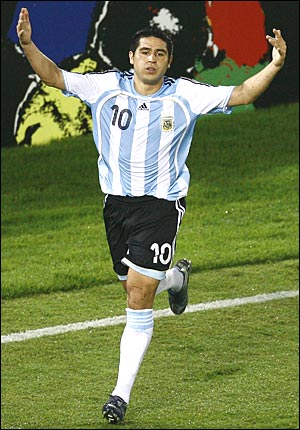Doctor MJ wrote:DavidStern wrote:Doctor MJ wrote:
ElGee I believe is using a model something like this:
Improvement = (Series offense - Opponent season defense) - (Season offense - League average defense)
No, he's using simply that: Series offense - Opponent season defense
Lets look at example of what Elgee said:
Pacers RS relative to league, then PS relative avg. opponent DRtg
90 +3.4 +0.0In 1990 Pacers had 111.5 ortg in RS
In playoffs 103,5 ortg
Pacers playoff opponents RS drtg: 103,5 - and that's why Elgee's value here is 0,0 (Pacers playoffs ORTG minus Pacers opponent regular season DRTG)
By your model(
Improvement = (Series offense - Opponent season defense) - (Season offense - League average defense))the results for Pacers in 1990 playoffs is -3.4 (pretty close to my -4.0).
Hmm. Okay, I need to look into this further.
No - you got it 100% correct.
In the PS, the differential is calculated by the team's ORtg IN THE SERIES compared to the defensive environment (ie the opponent's RS DRtg).
In the RS, the differential is calculated by the team's Ortg FOR THE SEASON compared to the defensive environment (ie the league average).
The "improvement" would be the difference of the two. As I've said -- and it's clearly shown in teh cart -- 1990 is one of the only years they didn't improve.
And Doc MJ had it spot on earlier -- the reason we use the LA is because over an 82 games, it pretty much spot on tells us the average defensive environment a team goes up against. So it's a consistent measure -- I could use each game they play, and then average them out...and the number would be darn near close (or exactly) the LA.
David Stern wrote:No. You can't do it that way. Look, you assume that - imaginary example - when in playoffs will met team A - 90 drtg and team B - 110 ortg team, team's B offense would be called by you improved when in playoffs against team A they would had 95 ortg (because it's more than team's A RS drtg...). That's wrong way to look at this and I have done something similar, but only with Pacers ortg.
What we have to do is look at "expected value" = (Pacers opponent RS drtg + Pacers RS org)/2. And if Pacers playoffs ortg will be higher than expected value then yes, we could say their offense was better.
The only other way I can see do it is by looking at the percentage change instead of the raw change (a ratio instead of a differential). You are suggesting something entirely different to me, which involves adding a critical variable (Defensive Environment) midstream and thus doesn't tell me anything valuable. Let's look at your example to see this clearly:
Let's say the Pacers play teams all year with a DRtg of 110. Their ORtg is 110. They perform at the AVERAGE. There is no positive offensive performance relative to their defensive environment (by ratio or differential). YOUR METHOD IGNORES THEIR RS DEFENSIVE ENVIRONMENT. They could have played Bradley every game for all your method is concerned.
In the PS, they play teams with a Drtg of 90. They have an ORtg of 105. Now you want to generate a number suddenly based on defensive environment!
(They've outperformed that defense by 15 points! Yet you want to say they didn't "improve" because of the raw figure -- the whole point of the exercise is to adjust from the raw figure, which is what Neil Paine did in the study you cited as well, incidentally.)
To say there is an "expectation" that the offense performs at 100 ORtg *uses its regular season strength against it* BECAUSE in the regular season YOU DIDN'T MAKE THAT SAME ADJUSTMENT.
One way (be it ratio or differential) gauges performance against defensive environment in BOTH PS and RS against offensive performance.
The other way only factors in defensive environment in the PS.
Hope that's clear.























